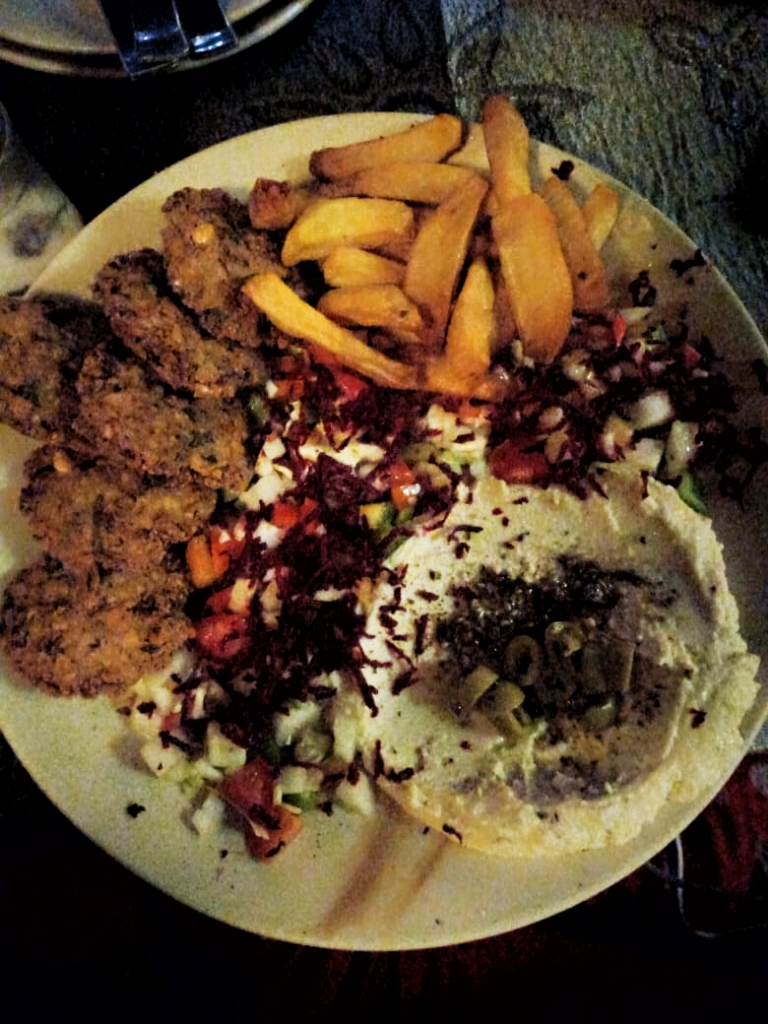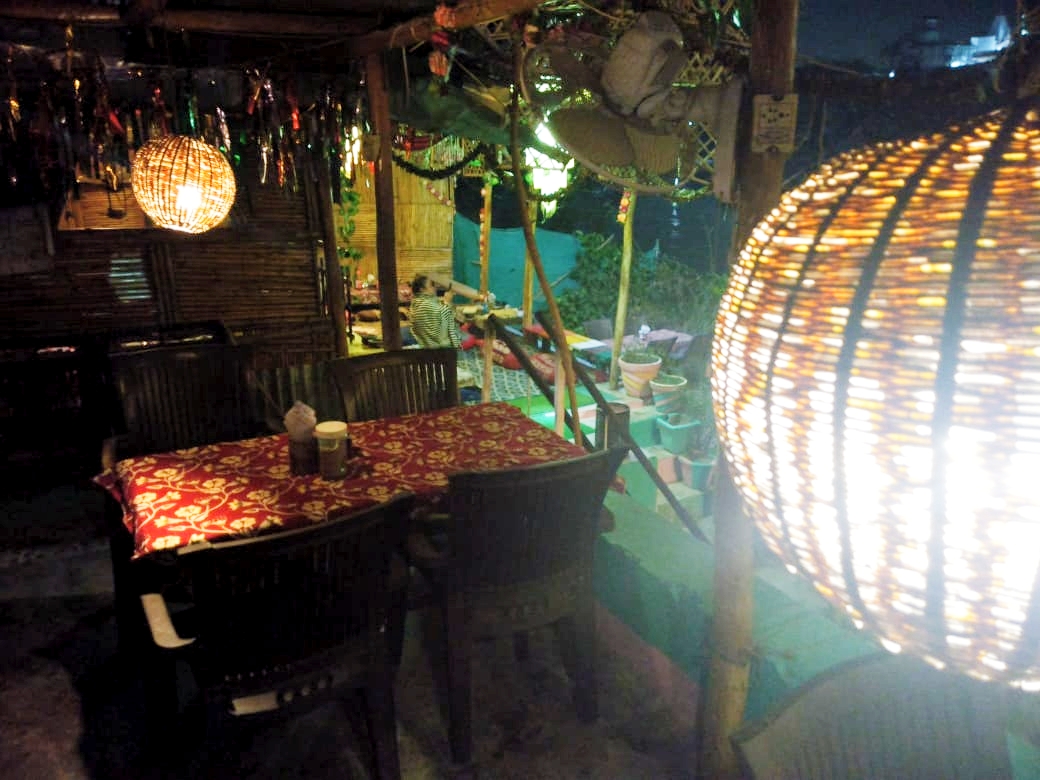Taking the offbeat route is certainly enticing, but we seem to forgo the eye-catchers in this quest. NIKITA BISWAS and ABHISHEK DUBEY challenge our thirst for travel by taking us to a popular hangout at Rishikesh, the Ganga Beach Café. Read their first-hand account to find out the charms of this serendipitous eatery!
Our journey through the northern parts of India brought us to many fascinating places, many by chance. Some places, however, were on our checklist, and worth the while. The famous Ganga Beach Café at Rishikesh was one such spot, and oh, how it delivered!On our second day in the holy city, we decided to walk and embrace the atmosphere around us. By the time we reach Lakshman Jhula, we were exhausted. Having crossed the beautiful and scenic bridge, we found ourselves near Trimbakeshwar Shiva Temple, popularly known as the Tera Manzil Mandir.
A few blocks from there found us at the illustrious Ganga Beach Café. Decked out in the trademark style of Rishikesh cafes, there were coloured mattresses and pillows laid against the short tables to make up the eating area. Colourful lamps added a decorative touch to the place, syncing the ambience with the magnetic location. We found ourselves seated alongside the mighty Ganges River, and were enraptured! The scenic sight of the river, and the Lakshman Jhula ensured that we stayed put for a good time – no talking, and no looking around, just glued to our awakened senses courtesy of the mighty Ganga River.

Ganga Beach Café, near Trimbakeshwar temple, Laxman Jhula, Rishikesh
Time: Open between – 8:00 AM to 10:30 PM
Cost for two – Rs 500 (approx.)
The most surprising aspect of this experience however was the food that we were served. The big menu boosts of a range of Israeli dishes, a cuisine we have been eager to try for quite some time. We ordered the ‘Falafel plate with Hummus’, alongside the white sauce pasta and some green tea, and were not disappointed. The hummus was creamy and well-seasoned, and the falafel cooked perfectly, keeping intact the flavour of the vegetables inside. Being in Rishikesh and experiencing Israeli food cannot be better than this.
Straight from the travellers’ mouth: Ganga Beach Café
Cuisine Available –
- Israeli
- Indian
- Continental
Amenities –
- Breakfast
- Takeaway
- Vegetarian Only
- Indoor Seating
- Outdoor Seating

How to get there:
Road – From Natraj Chowk, one can take either a share auto or a single auto to Tapovan. The share auto will drop off passengers at Lakshman Jhula, from where one can walk to the café. Single autos will charge anywhere from Rs 150 to Rs 200 and drop one off at Tripti Guesthouse or Green Hills Cottage.
Train – Upon reaching the Haridwar Railway Station, one can opt for an auto or a private car directly to the location.
Flight – The nearest airport is at Dehradun. Rishikesh lies 35 KM from there. One can opt for a private car service from the airport to the location.
If you like challenging your palate, then this is a place to give it a shot. You will find an evening well spent by the Ganga, accompanied by great Israeli food to treat the taste buds, set against the perfect location!






























